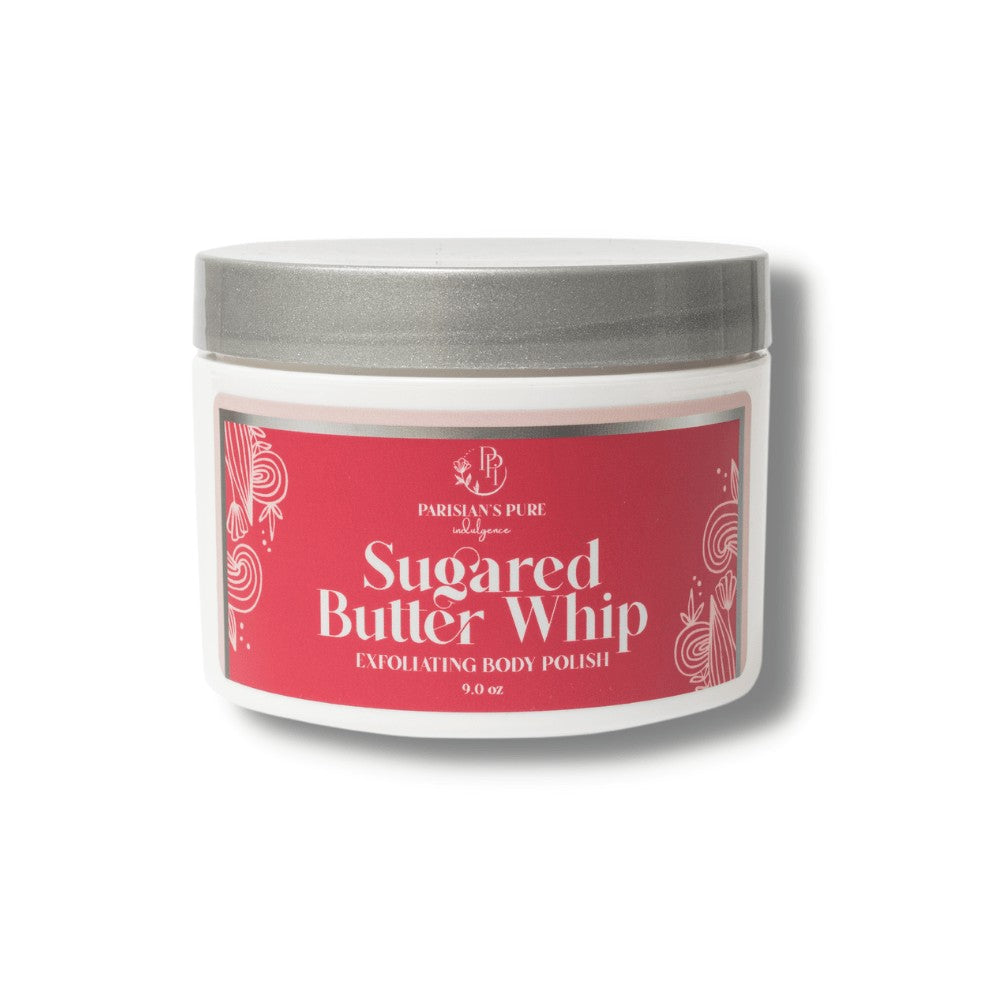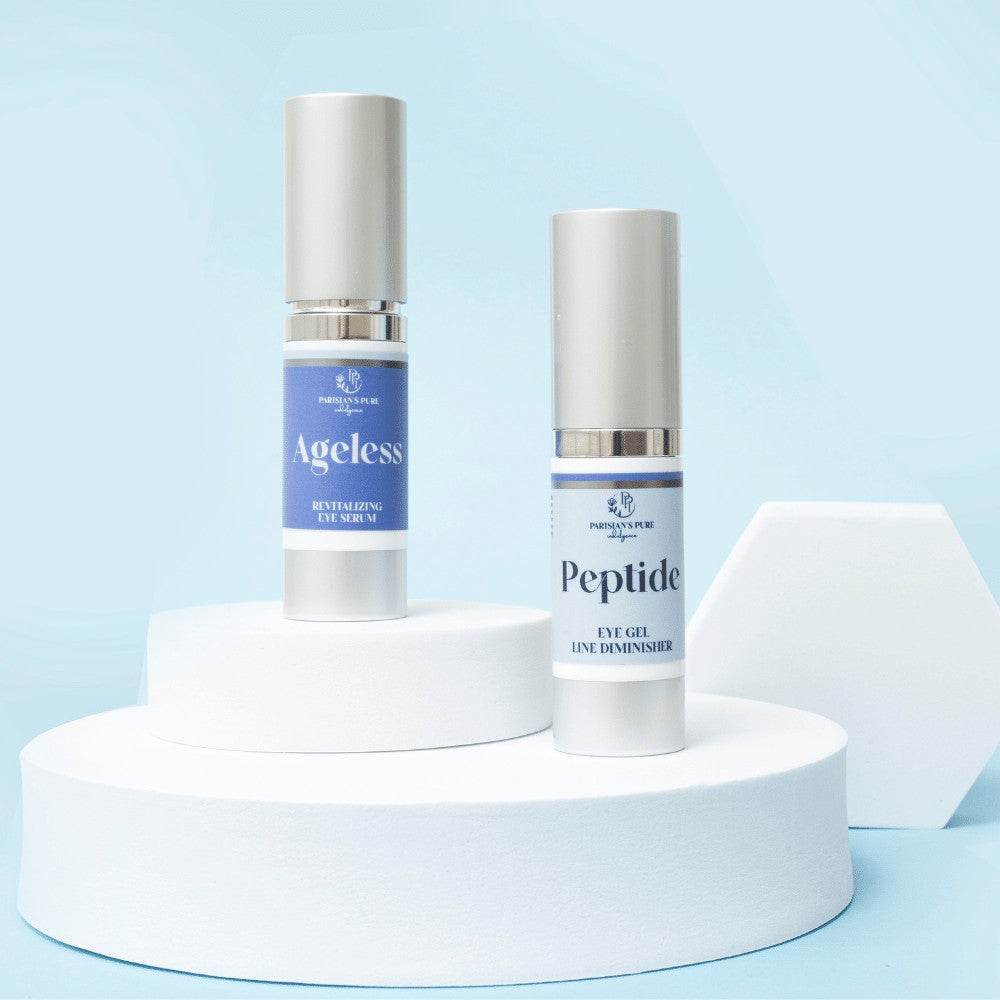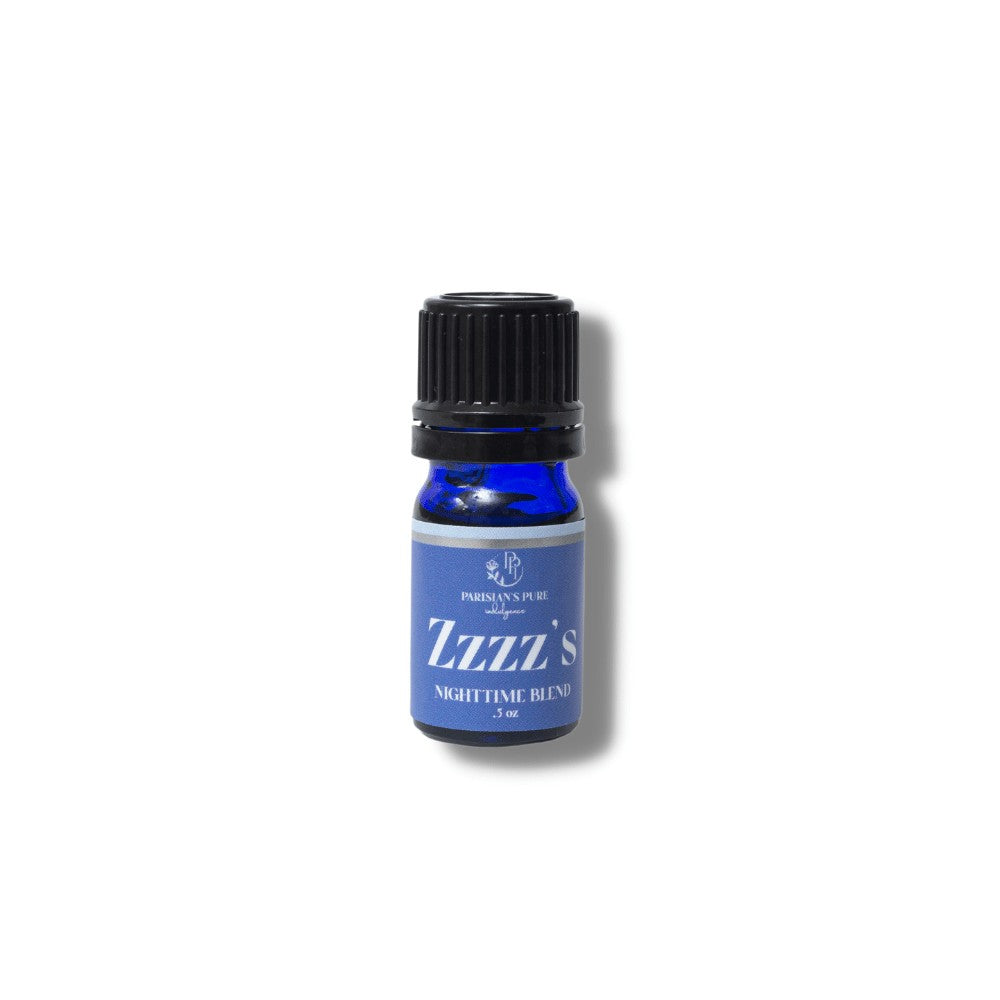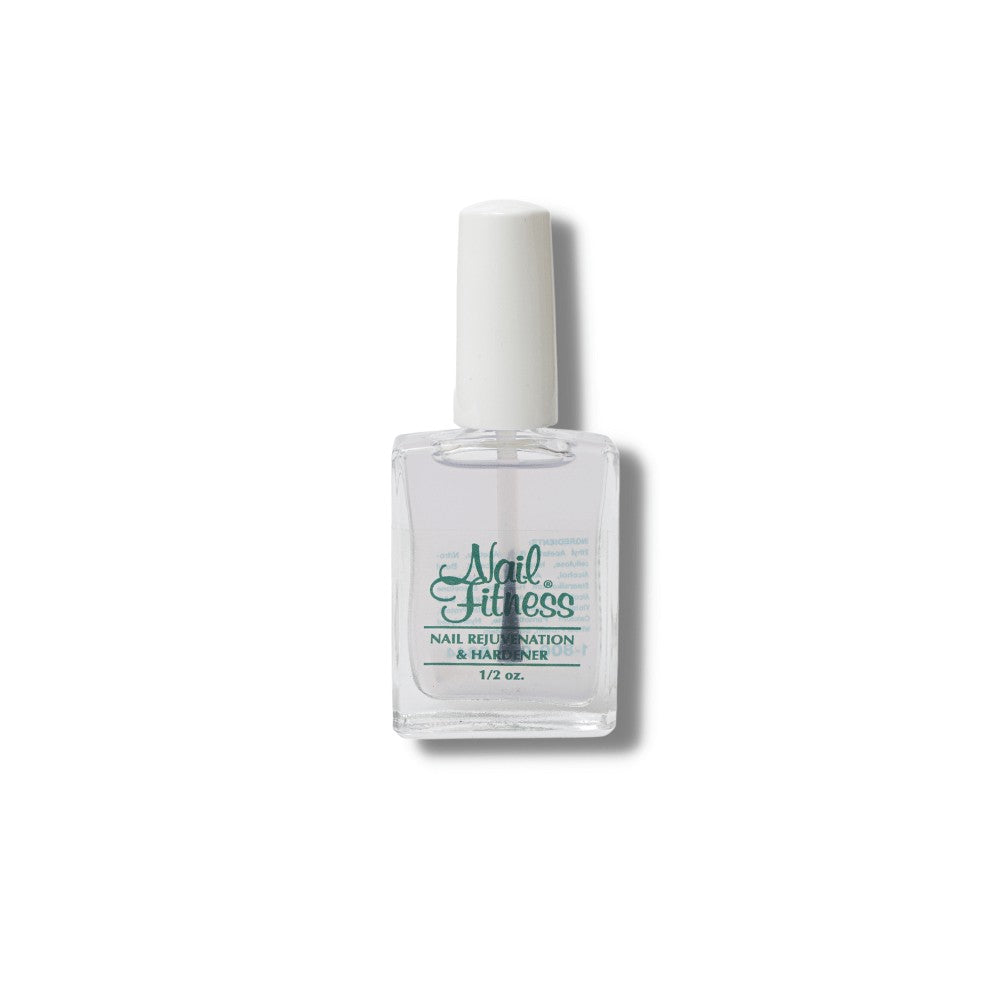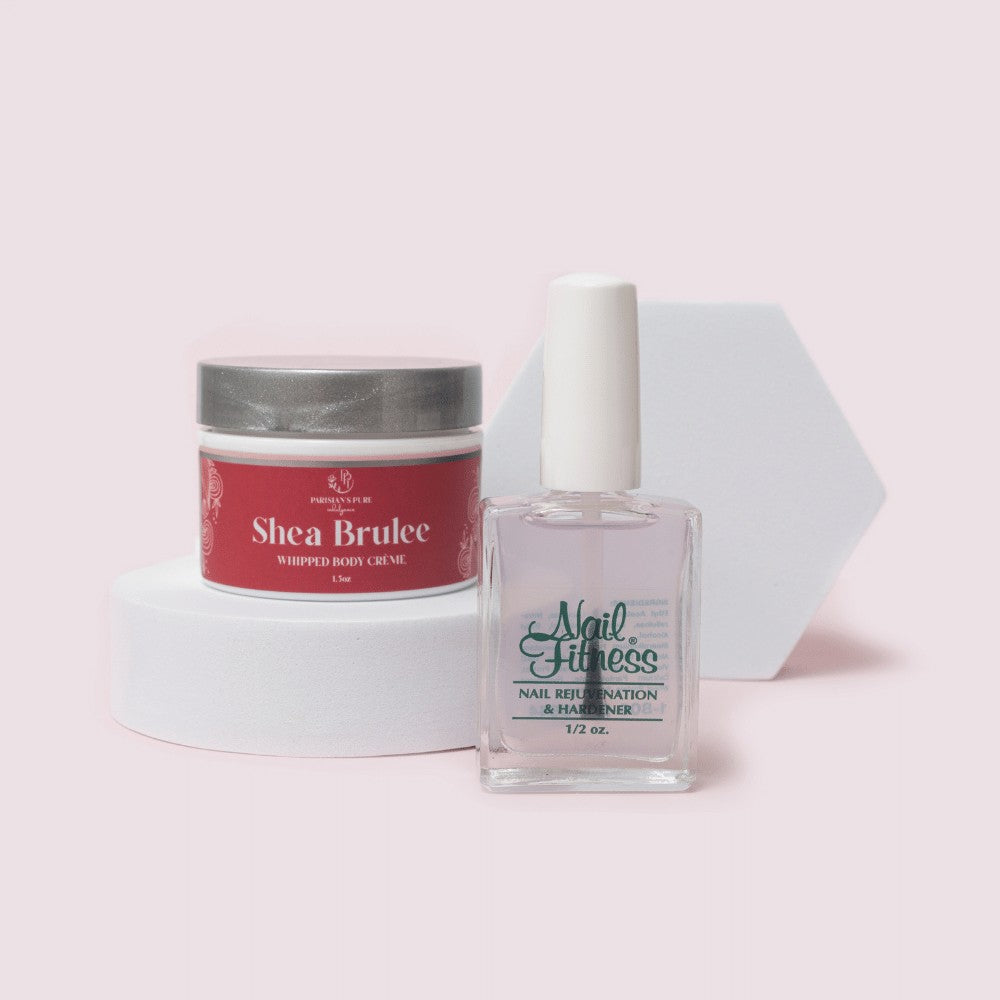What to do to prevent ragged cuticles
Dry, peeling, ragged cuticles can detract from the overall appearance of even the most meticulously cared-for hands. Beyond aesthetics, these "hangnails" can snag on clothing, and leave your hands feeling rough and uncomfortable.. Fortunately, implementing a few simple strategies can effectively address and prevent this common concern. Let's explore some tried-and-true techniques to keep your cuticles healthy and your nails looking their best.
Understanding Cuticles:
Before diving into solutions, let's understand what cuticles are and why they become ragged. The cuticle is a thin layer of skin at the base of your nail that acts as a seal, protecting the delicate nail bed from bacteria and other harmful elements. However, factors like frequent hand washing, dry weather, harsh chemicals, and even nail biting can damage the cuticle, causing it to dry out, crack, and peel.
Healing Ragged Cuticles:
If you're already dealing with ragged cuticles, here are some steps to help them heal:
- Soak your hands: Warm water softens the skin and makes it easier to manage the cuticles. Soak your hands for 10-15 minutes in warm water with a gentle soap or bath salts.
- Gently push back the cuticles: After soaking, use a cuticle pusher (or a clean orangewood stick) to gently push back the softened cuticles. Avoid cutting or trimming them, as this can exacerbate the problem.
- Moisturize: Apply a nourishing cuticle oil or cream to the area. Look for ingredients like jojoba oil, almond oil, shea butter, or meadowfoam seed oil , which help hydrate and protect the cuticles. Massage the oil gently into the skin at the base of your nail and around the sides.
- Wear gloves: Protect your hands from harsh chemicals and dry weather by wearing gloves when doing chores like cleaning or washing dishes.
- Limit hand washing: While frequent handwashing is essential for hygiene, it can also dry out your hands and cuticles. Use lukewarm water whenever possible and limit handwashing to necessary times. Don't forget to hydrate with a high quality lotion after hand washing. Keep it near your sink.
Preventing Ragged Cuticles:
By implementing these practices regularly, you can prevent ragged cuticles from becoming a recurring issue:

Moisturize daily
Make applying cuticle oil or cream a part of your daily routine, just like moisturizing your face or hands. This helps keep the cuticles hydrated and supple.
Wear cotton gloves at night
Sleeping with cotton gloves on can help trap moisture and prevent the cuticles from drying out overnight.
Maintain a healthy diet
Eating a balanced diet rich in vitamins and minerals like biotin and vitamin E can contribute to healthy nail and cuticle growth.
Get regular manicures
Professional manicures can help keep your nails and cuticles in good shape. Opt for gentle techniques and avoid harsh cuticle treatments.
For healthier, less ragged cuticles:
- Avoid prolonged soaking in acetone or polish remover: Acetone and polish remover are powerful solvents. Prolonged contact with these chemicals can strip away the natural oils from your skin, leading to dryness, irritation, and redness. This can cause the skin to become cracked and susceptible to further irritation and infection.
- Do not use an electric drill (or allow anyone else to use on you): Cuticles play a crucial role in protecting the nail bed from bacteria and other harmful elements. Removing them entirely is not recommended, and attempting to do so with an electric drill is both unnecessary, ineffective, and can lead to infection.
Additional Tips:
- Avoid nail biting and picking at your cuticles, as this can damage the delicate skin and increase the risk of infection.
- Avoid cutting cuticles yourself: Let a trained professional do it for you. The skin around your nails should only be lightly trimmed, not cut. Cutting can lead to infection.
- If your cuticles are severely damaged or infected, consult a dermatologist for professional advice and treatment.
Just like building any good habit, taking care of your cuticles takes consistent effort. Make these tips a part of your routine, and you'll be well on your way to flaunting nails that look and feel their best. So ditch the ragged cuticles and say hello to healthier, happier nails!

